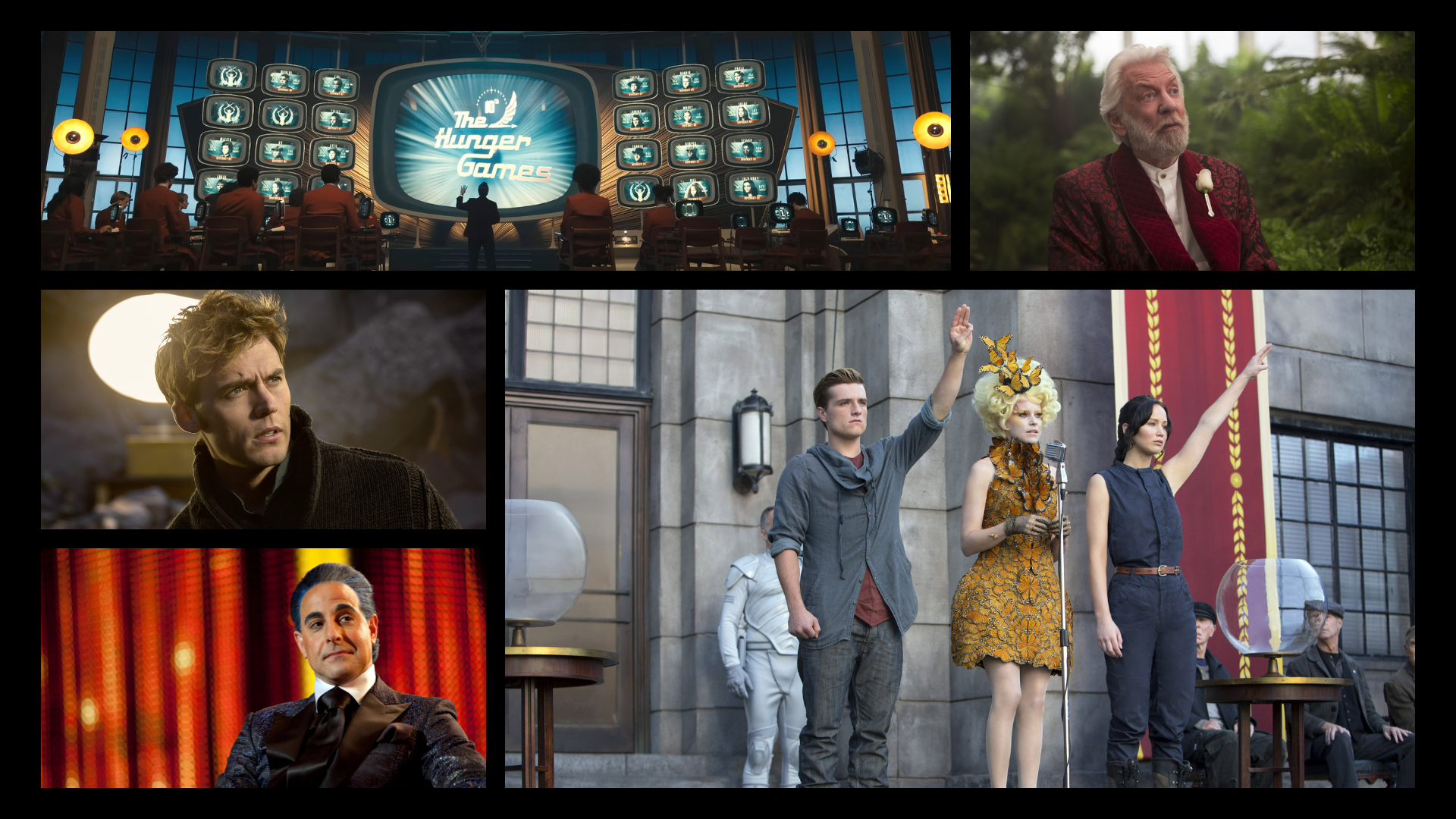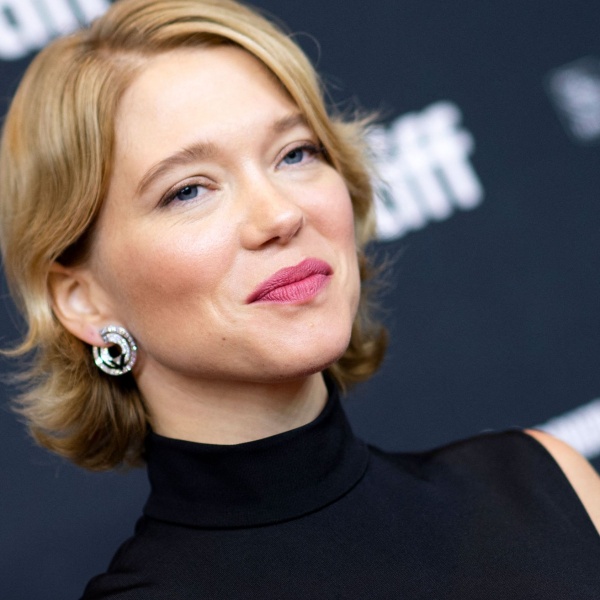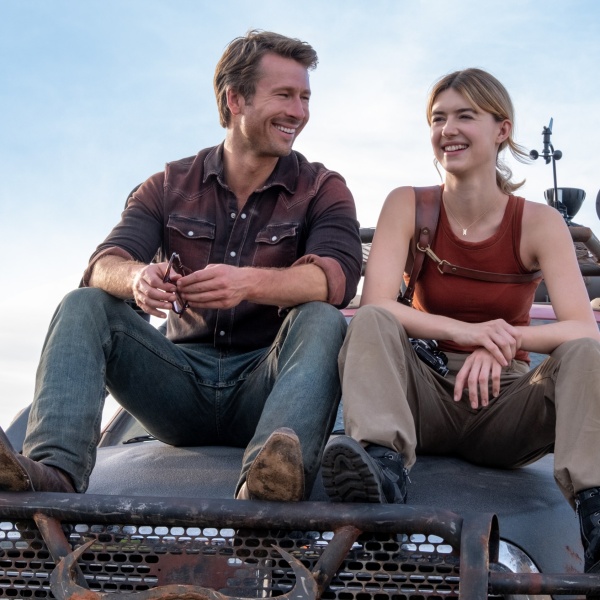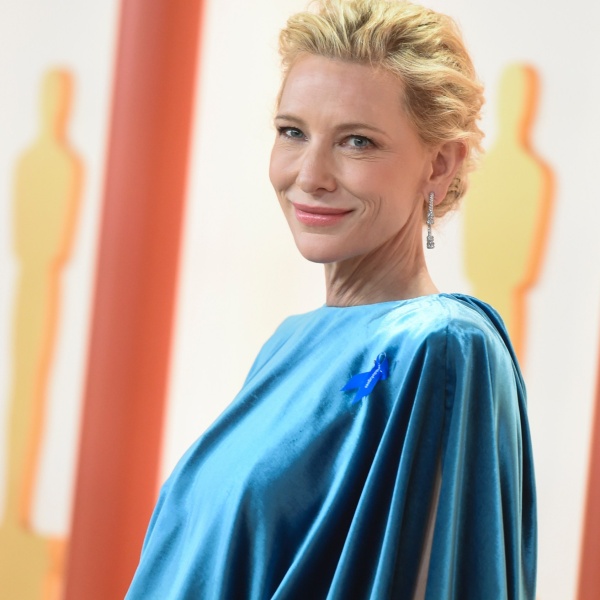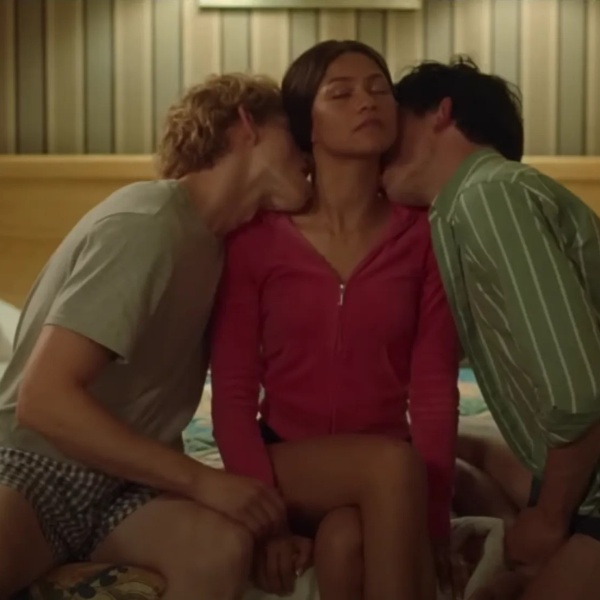Young adult literary franchises have a rough track record on cinema screens. Sure, “Harry Potter” is a (now tarnished) cultural touchstone. But the “Twilight” books became famously bad (albeit iconic) films, and that’s to say nothing of the absolute graveyard of sputtered, failed, or forgotten YA adaptations that Hollywood populated during the late ’00s and early 2010s. Did you know that they made three “Maze Runner” films? That the “Divergent” films were supposed to end with a TV show that never happened? That two “Percy Jackson” movies were made before the upcoming TV show? That “Eragon” even exists? If you do remember, you’ve likely been trying hard to forget.
Which makes the general high quality of “The Hunger Games” films all the more impressive. It helps that the Lionsgate franchise has always had better material to mine than most of the other dystopian disasters that attempted to capitalize on its runaway success. Published from 2008 to 2010, Suzanne Collins’ “The Hunger Games” trilogy is the rare YA novels to succeed both as pure, enjoyable popcorn entertainment and as science fiction with something more on its mind. Set in a distant future where the United States has collapsed from war and has been replaced by the totalitarian Panem, the series revolves around the titular death games, in which two children from each of the 12 impoverished districts around the Capital are randomly selected to fight to the death on live television. “Battle Royale” comparisons aside, it’s an effective critique of media sensationalism and totalitarianism with more bite than you would expect from a book for middle schoolers.
The films maintained the books’ general high quality. After the well-received first movie in 2012, the franchise nearly peaked with “Catching Fire” the following year. “Hungers Games” remains best known for turning lead actor Jennifer Lawrence, as the tribute turned revolutionary symbol Katniss Everdeen, into a certified A-list star; her commanding presence and emotional vulnerability is key to the original films’ greatness. But the series also has many other strong qualities, including a rock -olid ensemble that includes ringers like Josh Hutcherson, Woody Harrelson, Elizabeth Banks, and Donald Sutherland; great direction from Francis Lawrence, whose helmed every installment aside from the first; and memorable set and production design that brought the unique world of Panem and the Games effectively to life on the big screen.
After the series concluded on a mild downer with the overly stretched-out “Mockingjay” two-parter, “Hunger Games” seemed in danger of fading into irrelevance. But that never really happened. Instead, the books and movies remained nostalgic favorites for the audience who grew up with them, and the IP remained well-regarded. Almost a decade after the original four films, “The Hunger Games” returned to movie theaters as strong as it ever was with “The Ballad of Songbirds and Snakes.” Based on the 2020 prequel novel by Collins, the film — with Lawrence again behind the camera — stars Tom Blyth as a young version of Donald Sutherland’s President Snow, exploring his rise to power and his complicated relationship with Hunger Games tribute Lucy Gray (Rachel Zegler). Also starring Hunter Schafer, Josh Andrés Rivera, Peter Dinklage, Jason Schwartzman, and Viola Davis, “Ballad of Songbirds and Snakes” has largely been praised by critics as a good film and worthwhile adventure back to Panem; IndieWire’s David Ehrlich gave it a “B+.”
With “Ballad of Songbirds and Snakes” still on top of box office, IndieWire decided to revisit the series to determine which film has the odds ever in its favor. Read on for our ranking of all five movies — sorted from worst to best.
With editorial contributions from David Ehrlich.
-
5. “Mockingjay – Part 2” (2015)

Image Credit: ©Lions Gate/Courtesy Everett Collection How deeply I wish I could work out the written phonetics of a wet fart noise. The completely lifeless appendage to the only slightly better “Mockingjay – Part 1,” this dead fish of a finale has next to nothing going for it. After hiding underground and proving herself the world’s least viral war influencer, Katniss leads the charge on the 76th Hunger Games. Oh, it’s not an actual game. It’s the code name given to the District rebels’ mission to overthrow Snow by walking around a bunch of big concrete buildings… or something. Clever, right?
If you’re a completionist franchise viewer like me, then “Mockingjay – Part 2” is mandatory viewing; you have to at least let the end of the original arc wash over you and your screen. But unless you’re marathoning the first four movies, there’s next to no reason to revisit this phenomenal bore of a ball drop. Yes, you get a little brainwashed Peeta as a treat and how you feel about the ending is really a matter of opinion. Still, the action sucks, Julianne Moore is criminally wasted, and Lawrence looks and acts done with the series. —AF
-
4. “Mockingjay – Part 1” (2014)

Image Credit: ©Lions Gate/Courtesy Everett Collection Recently, splitting a movie into two parts has made its way back into blockbuster filmmaking, with “Mission: Impossible” and “Spider-Verse” both releasing installments that rather aggressively don’t have an ending. It works fine for both of the films, but those who remember that dour period in the early 2010s where seemingly every final book in a popular YA franchise got a two-movie adaptation can be forgiven for having flashbacks. Most franchises that took this track, from “Harry Potter” to “Twilight,” sacrificed quality for quantity, but “The Hunger Games” was easily the series to suffer from the move the most.
Collins’ “Mockingjay” is a surprising and ambitious ending to her trilogy, intentionally ending with an anticlimax and removing the titular games from the equation entirely in order to explore warfare and Katniss’ overall emotional state. “Mockingjay – Part 1” is a movie about Jennifer Lawrence crying in a bunker for two hours. To be clear, Lawrence absolutely sells the hell out of Katniss’ trauma and emotional devastation as she attempts to wrestle with her position as a resistance figurehead — making for some of the most compelling acting of the entire series. But with the story’s emotional beats and plot resolution pushed aggressively back to the second film, “Part 1” can do nothing but spin its wheels and draw the character study that made the book compelling out increasingly thin, before ending it with a shrug and a “see you next movie.” We could have had one great “Mockingjay” movie. Instead, we got two fine “Mockingjay” movies. —WC
-
3. “The Hunger Games” (2012)

Image Credit: ©Lions Gate/Courtesy Everett Collection The exact middle is right where the first “Hunger Games” film belongs on this list. A solid start, the 2012 movie from director Gary Ross just never manages to quite hit the heights of the franchise’s best entries. But it doesn’t have the notable flaws of the worst entries either, and it nails the fundamentals of introducing the franchise’s universe to a new audience. The casting is pitch-perfect; Lawrence feels instantly iconic as the stoic, badass Katniss, while Josh Hutcherson is perfectly lovable as the sweet but smart Peeta. Woody Harrelson and Elizabeth Banks are ringers as mentors Haymitch and Effie. And Lenny Kravitz, Stanley Tucci, and Donald Sutherland shine in small supporting roles. Without the more complex storylines of the later films, “The Hunger Games” focuses on the thrills of the central games, leading to effective action and some heart-tugging tragedy, like the death of preteen Rue (Amandla Stenberg). Some irritatingly shaky cam cinematography aside, it’s an instantly engrossing start that does what it needs to get audiences hooked. —WC
-
2. “Catching Fire” (2013)

Image Credit: ©Lions Gate/Courtesy Everett Collection The franchise’s first sequel and its undefeated victor for years before those freakin’ songbirds showed up, “The Hunger Games: Catching Fire” is the YA movie you’d get if you combined the Summer Olympics and the “Don’t Worry Darling” press tour with a season of Tim Gunn-era “Project Runway” and fishing spears.
The 75th Annual Hunger Games, also known as the Quarter Quell, sees Katniss stuck in a classic “Godfather III” conundrum, pulled “back in” by President Snow and the rage he feels over Katniss and Peeta finding a suicidal loophole at the end of last year’s game. The dictator sends them back into the arena to play to the death again (tropical this time!), but not before whisking away the audience to bask in the Capital’s finest cocktail of fascist fashion, dystopian celebrity, and Stanley Tucci wearing big fake teeth.
The real Peeta and Katniss supporters don’t need me to tell them “Catching Fire” is the best Everlark film by a mile; Hutcherson is doing real emotional, artistic, thespian work in that wetsuit! But with the best arena Collins ever imagined and a cast that includes fun performances from all the usual suspects — while introducing Sam Claflin as Finnick, Jena Malone as Johanna, and the late Philip Seymour Hoffman as the plot-pivotal figure Plutarch Heavensbee — even watching it today you’ll know this was the best “Hunger Games” movie in the original run way before that last twist. —AF
-
1. “The Ballad of Songbirds and Snakes” (2023)

Image Credit: ©Lions Gate/Courtesy Everett Collection While “The Hunger Games” saga has always recognized that dehumanization is not just a byproduct of imperialism, but also the fuel that feeds its engines, the previous films adopted a good-versus-evil binary that largely absolved them from having to dramatize how mass death becomes the stuff of public spectacle.
To its great benefit, “The Ballad of Songbirds & Snakes” is denied the same contrivance; in telling a “Revenge of the Sith”-like origin story about future dictator Coriolanus Snow’s corruption from scrappy orphan to autocratic tyrant, the film has no choice but to try and unpack how people might come to believe in the moral imperative of their own power, even if only to live with something they’ve already done. That process can be rendered a bit squidgy by a hyper-faithful script that would rather take Collins at her word than question any of the soft points in her source material, but the mere attempt at tracing President Snow’s sociopathy back to its roots is enough to make this intimate epic the best installment — by far — of a franchise that I’d left for dead a long time ago.
Significantly more intimate and grounded than the previous “Hunger Games” movies (despite being longer than any of them and responsible for seeding all of their lore), “The Ballad of Songbirds & Snakes” is the rare prequel that manages to stand on its own two feet and still feel taller than the other stories it’s ultimately meant to support. Screenwriters Michael Arndt and Michael Lesslie expect audiences to know that young Coriolanus grows up to become Donald Sutherland, but it’s hardly a requirement; if newcomers have questions about the function of the Hunger Games, that only makes them more in sync with the missing citizenry of the semi-vacant Capitol, whose almost complete absence from the film makes it all too easy for us to embody their POV. —DE
Read IndieWire’s complete review of “The Ballad of Songbirds and Snakes”.
